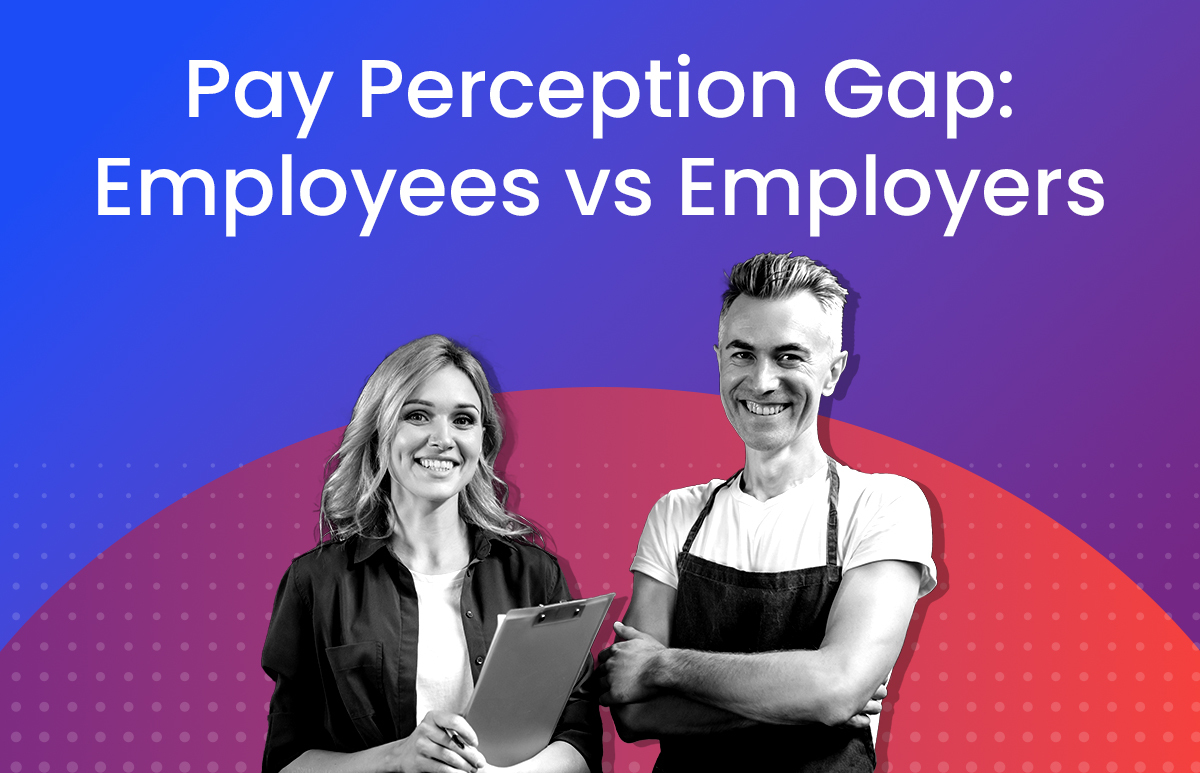What is cross-boarding, and what are its benefits?

As HR professionals, we’re all familiar with onboarding: the process new hires go through to get ‘on-board’ with their organisation. This covers everything from job acceptance to team introductions and the training needed to start performing a new role. It’s an essential part of immersing a new hire into the workplace – into its operations, its culture, and its values.
But onboarding is an investment, an investment of time and money. In fact, ELMO research has found onboarding costs roughly $18,982 per new worker.[1] And not only is it costly – it’s also a gamble. Even the most rigorous of screening and interviewing processes do not entirely remove the risk of a new hire not working out.
Organizations can cross-board employees as a cost-effective and less risky way to fill vacancies during tight hiring and remuneration budgets.
What is cross-boarding?
Cross-boarding is the process of looking at existing employees, assessing who might be suitable for a vacant position, and training and adapting the chosen employee in connection to the promotion or change of position. It’s about leveraging existing resources in the organisation to perform tasks that arise in the company, rather than searching for new employees.
The benefits of cross-boarding
- Less risk: Risk is not fully eliminated with the cross-boarding route. The cross-boarded employee could still turn out to be less proficient in their new role than in their previous. But cross-boarding is still substantially less risky than hiring an external candidate, whose character suitability an employer might not fully be able to assess until a few months into their tenure.
- Cross-boarding is more cost-effective: The training costs for upskilling an existing employee are significantly lower than having to onboard an external one. While a newcomer may need information about the corporate culture, values, and company goals, the cross-boarded is already familiar with all these. This saves time, resulting in quicker time to productivity.
- Increases employee engagement: While certain employees may find comfort in performing the same daily tasks, others may seek a more varied scope. Rather than risk losing valuable employees who’ve grown disinterested in their role, employers with a skills gap to fill can offer that employee a role change. Not only will this make the cross-boarded employee feel recognised; the opportunity to learn new skills will boost engagement levels.
- Boosts retention: Employees may view the internal transfer of a fellow employee as motivating – they may see this as an opportunity for them to move into new roles in the future. This could mean your employees might be less inclined to leave the company when seeking a new opportunity – working wonders for your retention rates.
Cross-boarding considerations
To identify a potential cross-boarding candidate, HR and managers must keep an ear to the ground to determine which employees have the right skills, or – if the skills aren’t in place yet – potential, to fit the new role.
HR technology providing an at-a-glance overview of employees’ existing skills and qualifications can assist hiring managers with making informed decisions of this nature. ELMO offers a ‘Hire’ module that enables managers to search for existing skills in their organisation using a searchable skills library.
The cross-boarded employee may also require a new contract if their role has changed significantly. HROnboard, an ELMO company, offers contracting solutions that automatically generate personalised contracts and policies, removing the administrative burden while providing complete oversight of the process.
In larger organisations, where different departments’ operations can vary considerably – some degree of traditional onboarding may be required as part of the overall cross-boarding experience. In such cases, onboarding tools – such as ELMO’s onboarding software – can be helpful when providing a basic induction to a new working environment.
ELMO Software can help HR professionals manage their workforce, even while operating remotely. As a cloud-based solution, ELMO helps employers manage their teams from anywhere at any time from a secure, centralised location. All employee-employer touchpoints are covered by ELMO’s suite, from ‘hire to retire’. For example, ELMO Recruitment Software helps to streamline the hiring process – from job requisitions through to screening – without jeopardising the quality of new hires. For further information on any ELMO solution, please contact us.
 HR Core
HR Core 









